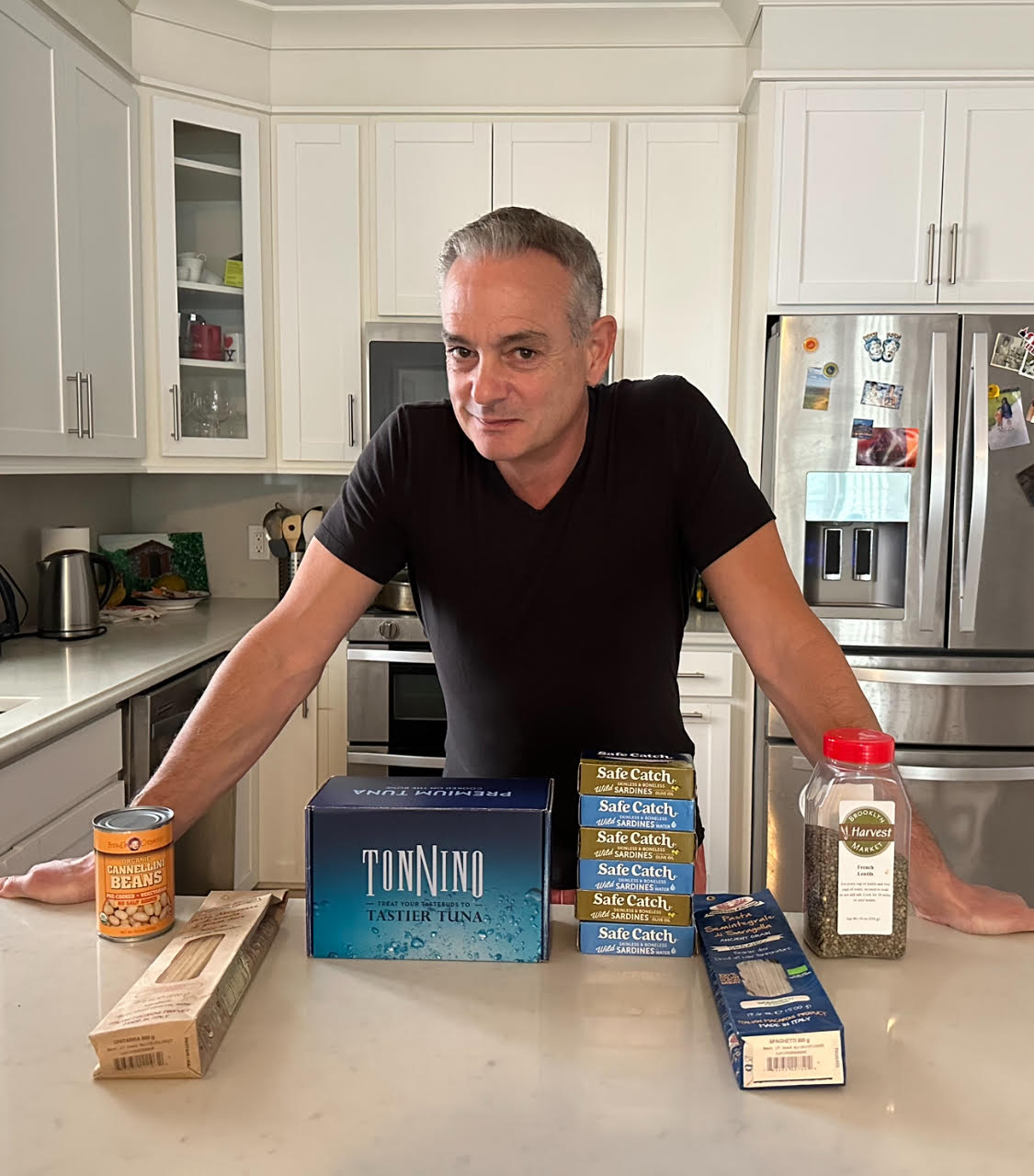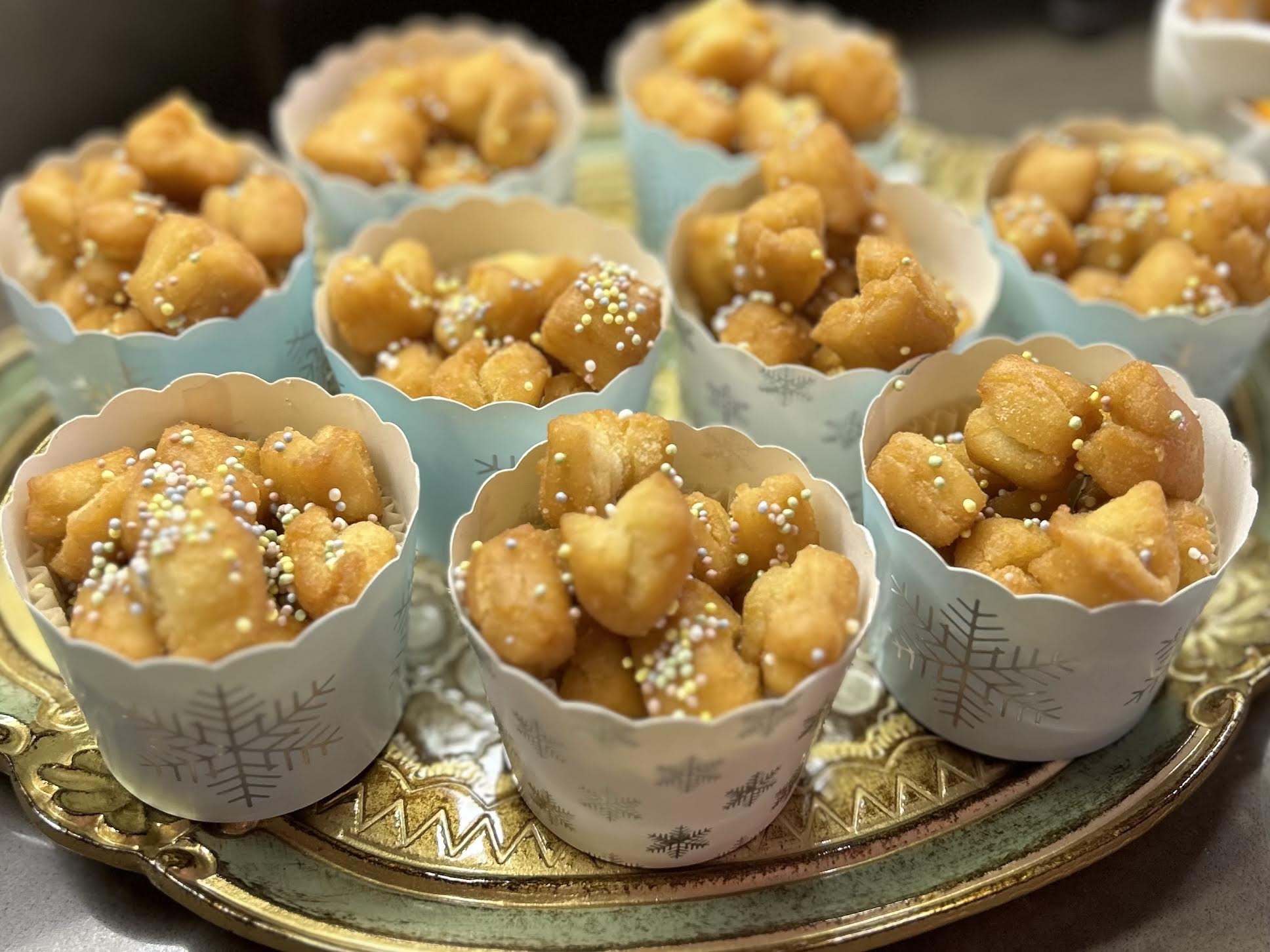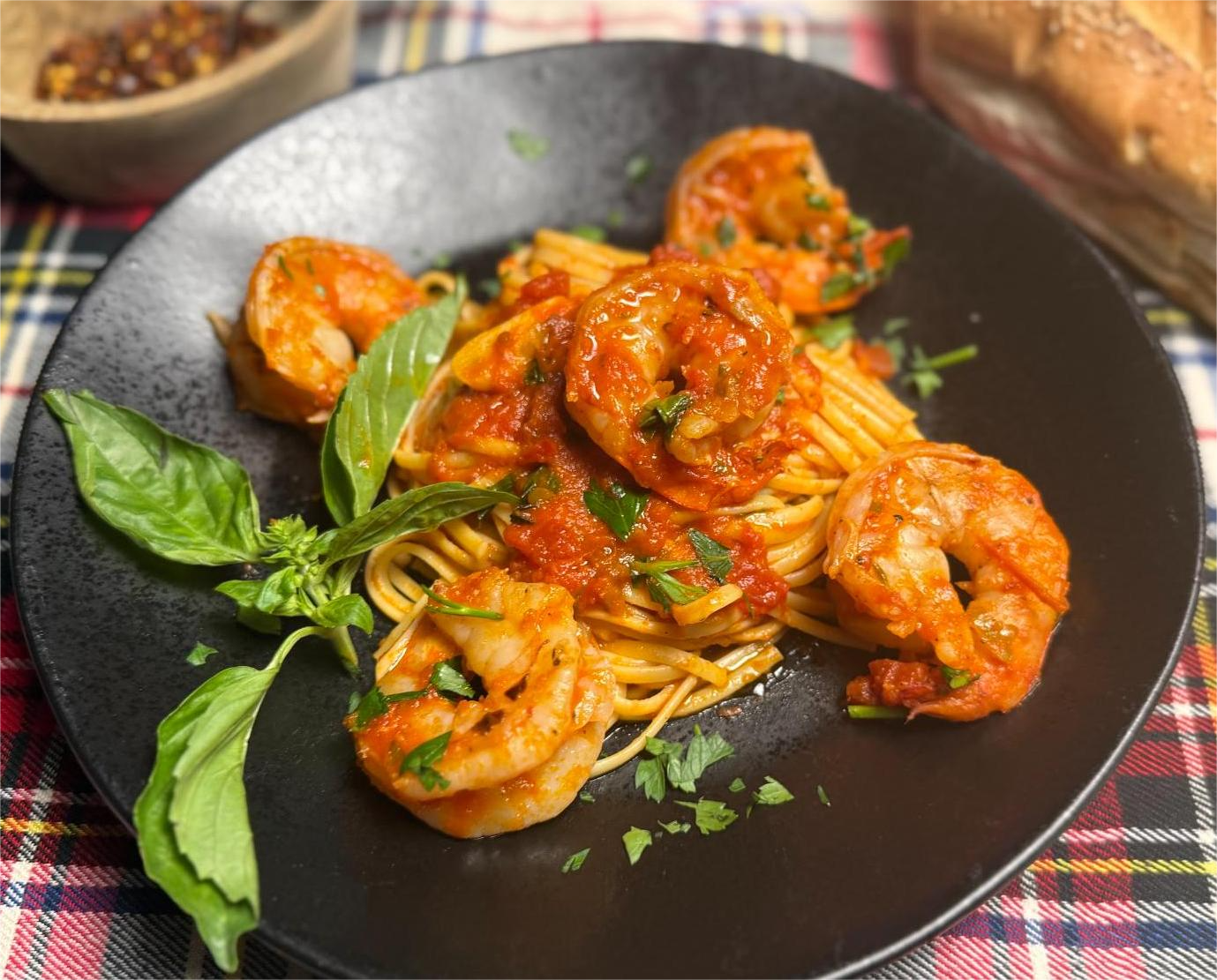If I had two cannoli for every time someone asked me how I remain slim while being an Italian food writer...The irony is that being immersed in Italian cuisine is exactly how I have maintained a respectable physique despite my vocation as someone who writes about Italian food in general and specifically as Editor-in-Chief of Appetito: Italian Food & Drink.
Don't get me wrong: I don't pretend to be a picture of health (I have my vices!), but I do think I've cracked the code on how to adore consumption and remain slim even when Italian food & drink is your job and passion. Most of these best practices were directly gleaned from what I learned the year I spent living in Italy some 20 years ago and the life I have lived ever since.
Here's the deal...
Portions: This, I believe, is the most important part of any eating regimen. So many of us in America have been programmed to believe "more is more" when it comes to quantity. Concepts like "All You Can Eat" should not be embraced (with the exception of any form of cutlet). A great misperception is that Italians sit down to multi-course meals on a regular basis. They do not (such feasts are for weddings and holidays). There are no buffets in Italy or endless breadsticks or refills on sugary drinks.

Regardless of where I am, half of what is typically offered as a single portion is plenty for me, whether this be at a restaurant, deli, or diner (especially the latter; good lord). I simply eat roughly half of what is provided, and then I take the rest away to share with others or enjoy myself back home. At home, I curate my portions or am conscious of saving the second half for later. Our brains and our stomachs are not on the same page, so we have to learn to recognize when we've had enough to eat. We have been taught to eat until we are full, but who wants to be full? Full is uncomfortable and exhausting. Being full also expands our stomachs, which makes us want to fill them again soon to the same extent.
Eating less also lends itself to a slower, more present dining experience (which enhances enjoyment and digestion). Finally, as an incentive, consider the law of diminishing returns: How many bites can you have of what you are eating until the magic starts to dissipate as your palate becomes fatigued (the exception here, once again, involves any sort of cutlet)?
Learn to eat and embrace just enough, and you will see and feel the results. As a bonus, this will add girth to your wallet.

Products: The next best eating practice of mine involves quality. Again, taking from the Italian playbook, I carefully choose what I order and purchase to prepare at home. I'm looking for quality ingredients, non-processed, low in carbs and high in nutrition. I avoid sugar like it's the devil (and I do believe it is). Of course, a dance with the devil on occasion can be fun, but, if you must indulge your sweet tooth, moderation with regard to frequency and quantity is key.
Not surprisingly, the characteristics I ascribe to the foods I consume are in line with the Mediterranean diet. Besides almost exclusively using extra virgin olive oil as my lipid of choice, I also eat lots of legumes (often as a stand-alone, main course). I'm talking cannellini (white) beans and lentils and chickpeas (see each link for my own recipes). I enjoy many tinned and jarred fish products from Italy, such as top-quality sardines and anchovies and tuna, all healthy, delicious and filling. I'm also a salmon fanatic. It's not surprising that many of the aforementioned products are part of the Appetito Pantry.
Yes, I eat meat (to prove it, here's my recipe for How to Make the Juiciest Chicken Cutlets). I'm a carnivore without exception, but I keep my meat portions small (except you know when), procured from a reputable butcher and down to a couple of times a week.
And, yes, I eat pasta, but I use the highest quality pasta, such as Rustichella d’Abruzzo Bucatini, made from high-quality grains and mountain water in the rustic Abruzzo region of Italy. Yeah, good pasta costs more than the $1.99 stuff lining the shelves of your supermarket but spending a little more on quality improves both flavor and digestion. Use that money you save from smaller portions on some quality pasta! With regard to non-pasta carbs, I do try to avoid them, especially things made with processed flour.
Beverages: The liquids I regularly pour down my throat are mostly limited to water (tons), coffee (black), tea (green), wine and spirits (no comment here). There's no added sugar in my coffee or in my cocktails. I take no soda, energy drinks, sports drinks, or even fruit juice. I haven't had a glass of milk in 20 years. This might sound boring, minus the wine and spirits, but those things I avoid are loaded with sugar, and I really don't think I'm missing out on much by not having Red Bull or Diet Coke in my life.

Movement:
Regular movement is crucial to health. I've been working out since high school, and I've never liked it. That said, I still exercise, at home or at the gym (the latter which I really don't like), 2-3 times a week. The key is not to half-ass it. Even though it's not something I enjoy, I push myself and avoid the barely useful effort of going through the motions. I add 15-minutes of cardio, usually running, to the end of my workouts. My regular exercise is supplemented in large part by lots of walking (very Italian). Charlie, my dog, is a big help here as we hit the streets 4-5 times a day for a solid 20 minutes around the neighborhood. Otherwise, I make it a point to walk as much as possible around the city during the week and on the weekends (I'm also down for the occasional hike).

Clearly, there's no big secret here and no concept of being on a diet. It's a lifestyle that is easy to embrace and allows for indulgences. Speaking of which, I think I'll take those two cannoli now...







